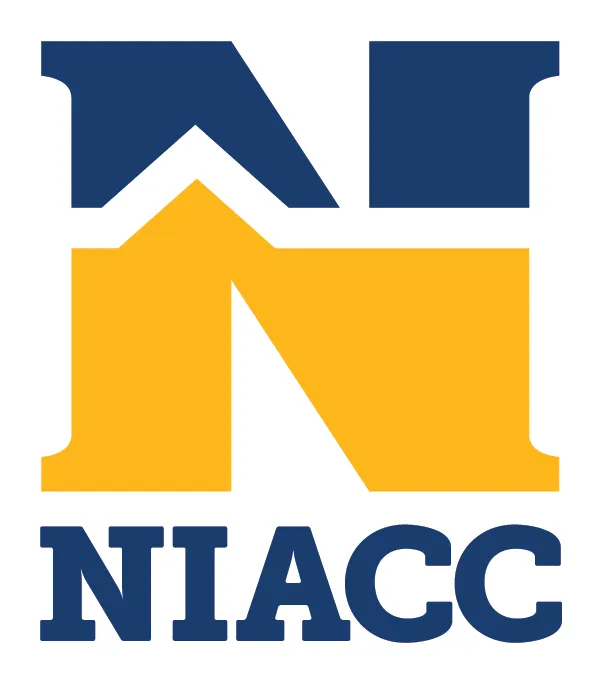Evaluating Reference/Research Sources
| Currency: | Is the information current enough? Look at the copyright date relative to your subject. |
| Authority: | Is the author an expert or knowledgeable in the field as witnessed by academic or professional credentials, reviews, etc.? Look for information about the author in the introduction to the book, article, etc., or in biographical sources. |
| Primary or secondary source: | What were the sources of the author’s knowledge? Did he/she go to the original (primary) source or rely on secondary material? If new sources were explored, were they well chosen and sufficient? Many reference works are secondary material (encyclopedias, almanacs, yearbooks, etc.), but rely heavily on primary sources. The author or editor should indicate the source of his/her information (notes, citations to sources, and bibliographies. Whenever possible, try to use primary sources. |
| Diverse views: | Does the information include views and opinions on all sides of the issue? Look for a balance, either in one work or in a combination of several. |
| Bias: | Have cultural, ideological, religious, political, and other types of bias been recognized and accounted for? Watch out for materials and web sites that are heavily biased on an issue. Try to get a balance. |
| Information format: | Have all the appropriate information formats been used, such as statistics, maps, interviews, videos, newspapers, journals, etc.? Audio-visual materials, interviews, and electronic resources can be excellent sources to include with books and periodicals. |
| Interdiciplinary: | Have all appropriate relevant areas of study been investigated for their contributions, e.g., science, medicine, sociology, the arts, etc.? Many issues touch on a variety of subject areas. Be sure to look at all that apply. |
| Popular vs. scholarly: | Is the information popular or scholarly or both? A balance is usually good, but it depends on the subject and intent of your research project. Often, scholarly material is more appropriate for research projects. |
| Terms: | Are the terms fully understood and carefully defined? The author should define all relevant terms so that information and intent are clear to the reader. |
| Questions: | Have all the vital questions and subquestions been asked? Have the assumptions been reviewed and questions? Make sure that the material fulfills its purpose. |
